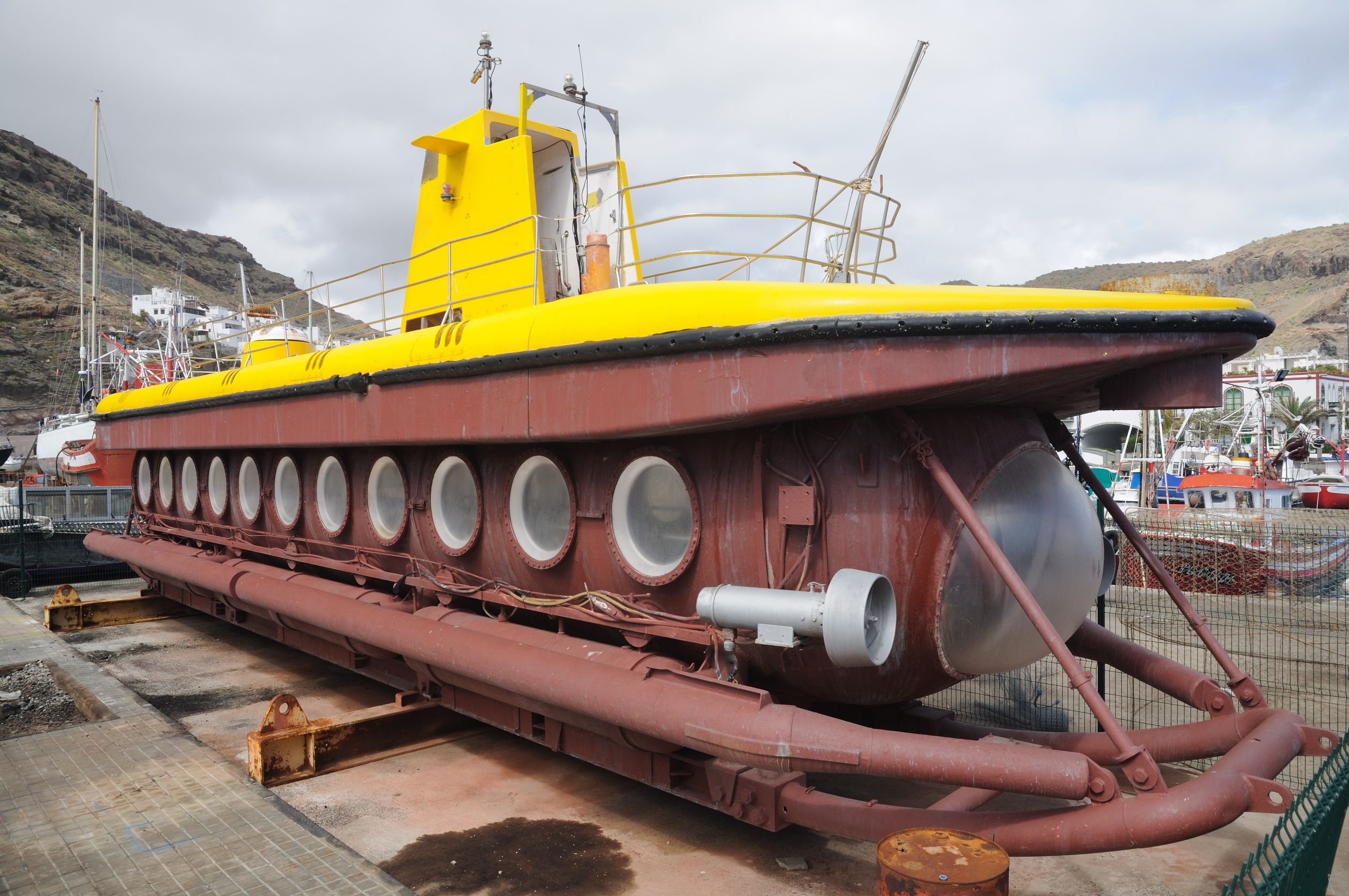

The first installation, designated K1, comprised a boat lift and rails to deliver the U-boats to one of 5 enclosed bays. Īs work progressed on the Scorff pens, it became apparent the site was prone to silting, and would require constant dredging, while the soft ground was unable to take the weight of the structures, so plans were advanced for a new set of pens on the rocky Keroman peninsula, where the Etang de Kermeloe branches from the main estuary. These structures were reminiscent of church naves, and were nicknamed "Dom" bunkers ( Dom being the German word for a cathedral). At the same time, in the trawler port, two large above-ground bunkers were constructed to protect U-boats that may require repairs or refit. Work commenced in November 1940, and the installation comprised two wet docks capable of accommodating the larger Type IX U-boat.
#SUBMARINE TOUR SERIES#
However the trawler dock was in the open, and offered no protection from air raids, so work commenced on a series of enclosed pens protected by bomb-proof concrete roofs on the banks of the River Scorff, a branch of the Blavet, adjacent to the Lorient Arsenal( fr). The boatlift and turntable was designed to lift a pelagic trawler and could accommodate vessels up to 65 metres in length, just adequate to raise and carry a Type VII U-boat.

This was a quayed inlet with a boat lift that could raise vessels out of the water, to be placed, via a turntable into one of twelve bays arranged in a circle. The first area put into use as a U-boat dock was the fisherman's wharf of Keroman( fr) on the River Blavet, between the districts of Keroman and La Perriere. She was repaired and resupplied in 7 days, departing on her next patrol on 13 July. U-30 had departed Wilhelmshaven on 8 June and arrived at Lorient on 7 July after a 30 day patrol which had accounted for 5 allied ships. A special train loaded with replenishment supplies and ordnance, and the personnel to manage them arrived in Lorient at the end of June, and the first U-boat, U-30 docked a week later. Already a French naval base, Lorient had the facilities Dönitz needed, as well as numerous cafes and bars, and a red-light district. Dönitz lost no time in sending teams of engineers and base personnel to the ports, beginning with Lorient. From the coast of France these distances were substantially reduced, with a corresponding increase in the active range and endurance of the U-boat force.

Prior to this U-boats had to travel from ports in Germany to their patrol areas, losing valuable time in the long transits necessary. This torpedo room also contained nine bunks for enlisted crew members.After the fall of France in June 1940 the head of Germany’s U-boat Arm, Konteradmiral Karl Dönitz, was keen to use the French Atlantic ports as forward bases for his U-boat force then engaged in a commerce war against the United Kingdom. The torpedoes were intended for self-defense. Growler had two torpedo rooms, located at the bow (front) and stern (back) of the submarine. Growler's two periscopes, which allowed crew members to scan the surface of the water, are located in the center of the room. Growler crew members steered the submarine from the three seats in this space. Next to the crew's mess was the galley, a tiny kitchen where Growler's cooks prepared all of the crew's meals. For relaxation, crew members played games and watched movies in this space. The line to the submarine Growler and exhibition may close early.Įnlisted men ate in the crew's mess, or dining room. Access is available to the various compartments as they were used during operations.ĭue to limited capacity, there may be increased wait times. Growler offers museum visitors a firsthand look at life aboard a submarine and a close-up inspection of the once "top-secret" missile command center. The former USS Growler first opened at the Intrepid Museum in 1989 and is the only American guided missile submarine open to the public.


 0 kommentar(er)
0 kommentar(er)
